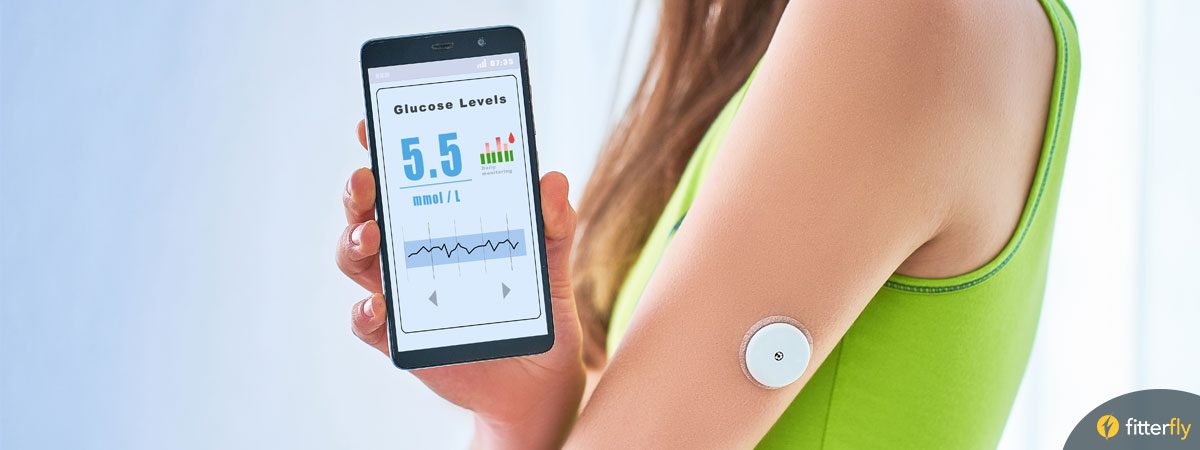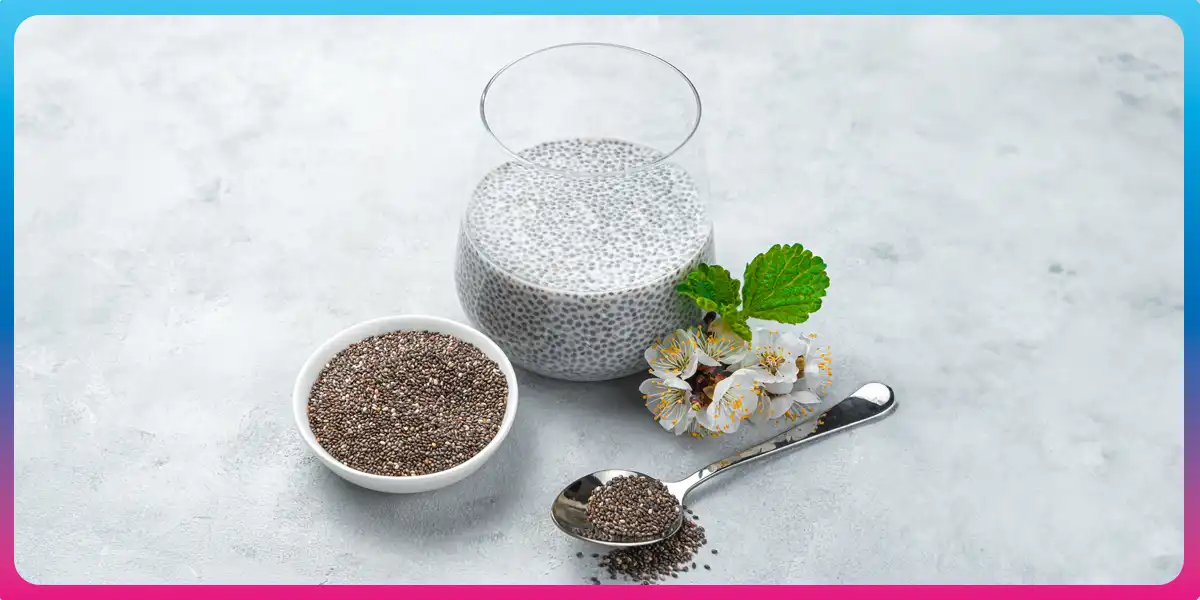Time in Range: The Latest Parameter to Check Your Blood Sugar Levels

New discoveries in the field of medicine have transformed the lives of millions, in particular of patients with diabetes.
Continuous Glucose Monitoring System (CGMS) is one such discovery in the field of diabetes.
Unlike other blood glucose readings, the CGMS data is not affected by what you’ve eaten in the last 2-3 days.
Also, it is so precise and doesn’t average out readings like in HbA1c.
The CGMS data of your blood sugar readings are divided into time-in-range (TIR), time-below-range (TBR) and time-above-range (TAR).
Time-in-range, the unusual metric that can help you better manage your diabetes.
Let us expand the understanding of this new parameter.
What is Time-in-Range (TIR)?
TIR is the percentage of time that you spend with your blood glucose levels within a target range.
This target range varies from person-to-person depending on their age, type of medicines, diet and lifestyle-related factors.
But, general guidelines suggest a range of 70 to 180 mg/dl (overtime, you may decide to aim for a tighter range, such as 70 to 140 mg/dl).
Although a single number but your TIR tells a lot about how your blood glucose levels were fluctuating throughout the day.
It is expressed in percentage from 0% to 100%. It can also be understood as “hours per day” spent in-range.
In the below images, more than 300 blood glucose readings were plotted over 24 hours day. The various levels of TIR can be seen.
In this case, TIR was 50% which means 12 hours per day were spent in the target range.

Similarly, TIR was 100% here. It means a complete 24 hours were spent in the target range.

Why is Time-in-Range important?
TIR goes beyond HbA1C in representing your blood glucose levels because it captures the variations – the highs, lows, and in-range values that typically portrays life with diabetes.
According to the American Diabetes Association (ADA), TIR correlates well with the control of diabetes. Apart from ADA, it has been endorsed by many international guidelines as a parameter to monitor your blood glucose readings.
It also helps your doctor to make a better judgement about the development of complications such as vision loss, kidney problems, and extremely low blood sugar.
Greater TIR means a more stable glucose level, which should lead to fewer complications which will finally improve your overall health.
How to measure TIR?
It is best measured by a device known as continuous glucose meter (CGM). It is a painless new way to monitor your blood glucose levels. It takes your nearly 300 blood sugar readings every fifteen minutes.
This means you will get a complete picture of precisely how many hours of the day you had spent in your target range.
For better health outcomes, it is advised to use at least 14 days worth of blood glucose data. This will get you the correct value of your TIR.
A word from Fitterfly
You should aim to spend as much time in-range as possible by avoiding too low blood sugars and too much burden.
Higher TIR implies better health outcomes. This can be achieved by proper medical care, diet and lifestyle modifications.
Don’t struggle alone & get the expert care you deserve














